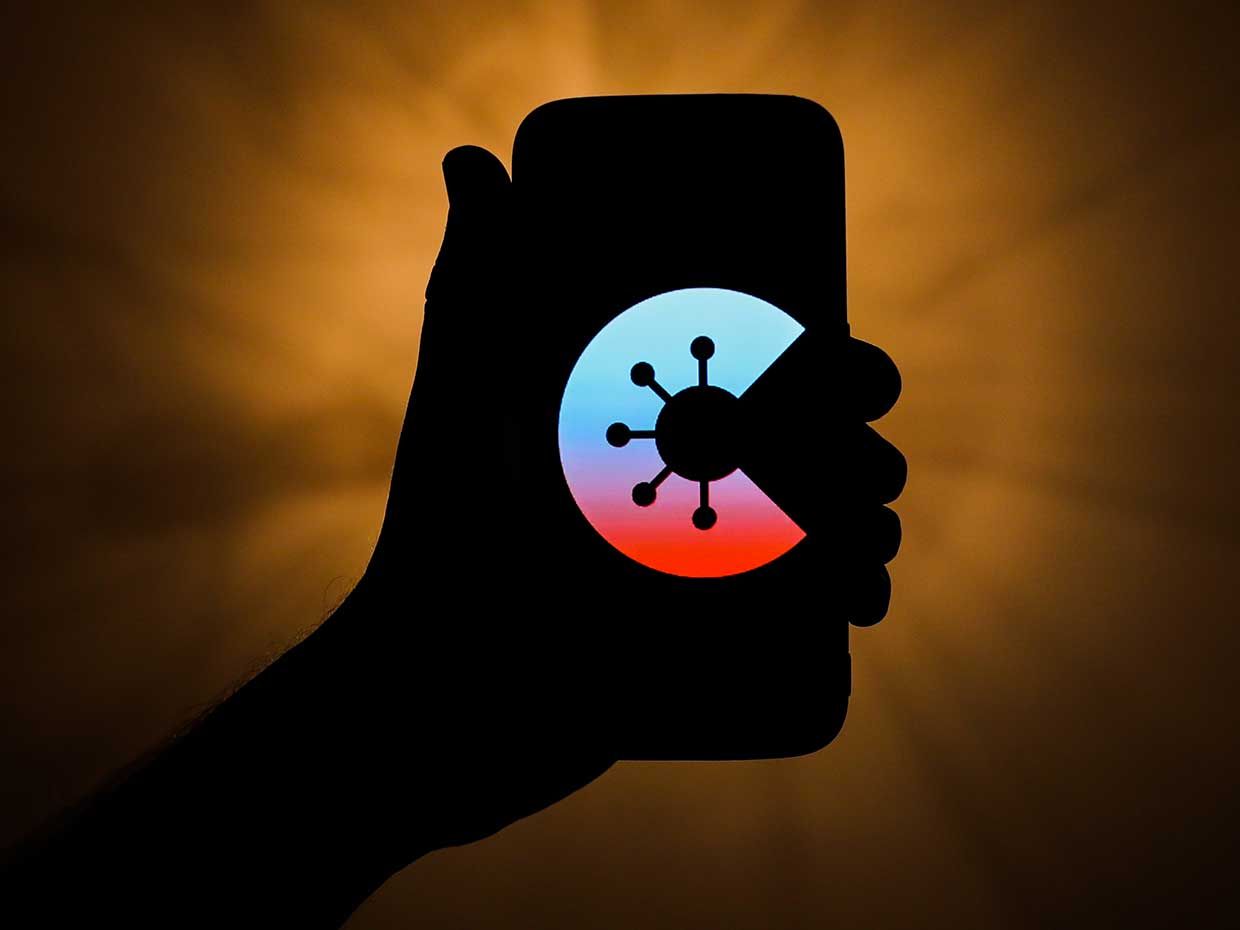Why Aren’t COVID Tracing Apps More Widely Used?
Along with technical issues, a new study suggests that trust and transparency are barriers for broader acceptance of the apps
As the COVID-19 pandemic began to sweep around the globe in early 2020, many governments quickly mobilized to launch contract tracing apps to track the spread of the virus. If enough people downloaded and used the apps, it would be much easier to identify people who have potentially been exposed. In theory, contact tracing apps could play a critical role in stemming the pandemic.
In reality, adoption of contract tracing apps by citizens was largely sporadic and unenthusiastic. A trio of researchers in Australia decided to explore why contract tracing apps weren’t more widely adopted. Their results, published on 23 December in IEEE Software, emphasize the importance of social factors such as trust and transparency.
Muneera Bano is a senior lecturer of software engineering at Deakin University, in Melbourne. Bano and her co-authors study human aspects of technology adoption. “Coming from a socio-technical research background, we were intrigued initially to study the contact tracing apps when the Australian Government launched the CovidSafe app in April 2020,” explains Bano. “There was a clear resistance from many citizens in Australia in downloading the app, citing concerns regarding trust and privacy.”
To better understand the satisfaction—or dissatisfaction—of app users, the researchers analyzed data from the Apple and Google app stores. At first, they looked at average star ratings, number of downloads, and conducted a sentiment analysis of app reviews.
However, just because a person downloads an app doesn’t guarantee that they will use it. What’s more, Bano’s team found that sentiment scores—which are often indicative of an app’s popularity, success, and adoption—were not an effective means for capturing the success of COVID-19 contract tracing apps.
“We started to dig deeper into the reviews to analyze the voices of users for particular requirements of these apps. More or less all the apps had issues related to the Bluetooth functionality, battery consumption, reliability and usefulness during pandemic.”
For example, apps that relied on Bluetooth for tracing had issues related to range, proximity, signal strength, and connectivity. A significant number of users also expressed frustration over battery drainage. Some efforts have been made to address this issue; for example, Singapore launched an updated version of its TraceTogether app that allows it to operate with Bluetooth while running in the background, with the goal of improving battery life.
But, technical issues were just one reason for lack of adoption. Bano emphasizes that, “The major issues around the apps were social in nature, [related to] trust, transparency, security, and privacy.”
In particular, the researchers found that resistance to downloading and using the app was high in countries with a voluntary adoption model and low trust-index on their governments such as Australia, the United Kingdom, and Germany.
“We observed slight improvement only in the case of Germany because the government made sincere efforts to increase trust. This was achieved by increasing transparency during ‘Corona-Warn-App’ development by making it open source from the outset and by involving a number of reputable organizations,” says Bano. “However, even as the German officials were referring to their contact tracing app as the ‘best app’ in the world, Germany was struggling to avoid the second wave of COVID-19 at the time we were analyzing the data, in October 2020.”
In some cases, even when measures to improve trust and address privacy issues were taken by governments and app developers, people were hesitant to adopt the apps. For example, a Canadian contract tracing app called COVID Alert is open source, requires no identifiable information from users, and all data are deleted after 14 days. Nevertheless, a survey of Canadians found that two thirds would not download any contact tracing app because it still “too invasive.” (The survey covered tracing apps in general, and was not specific to the COVID Alert app).
Bano plans to continue studying how politics and culture influence the adoption of these apps in different countries around the world. She and her colleagues are interested in exploring how contact tracing apps can be made more inclusive for diverse groups of users in multi-cultural countries.
Michelle Hampson is a freelance writer based in Halifax. She frequently contributes to Spectrum's Journal Watch coverage, which highlights newsworthy studies published in IEEE journals.
